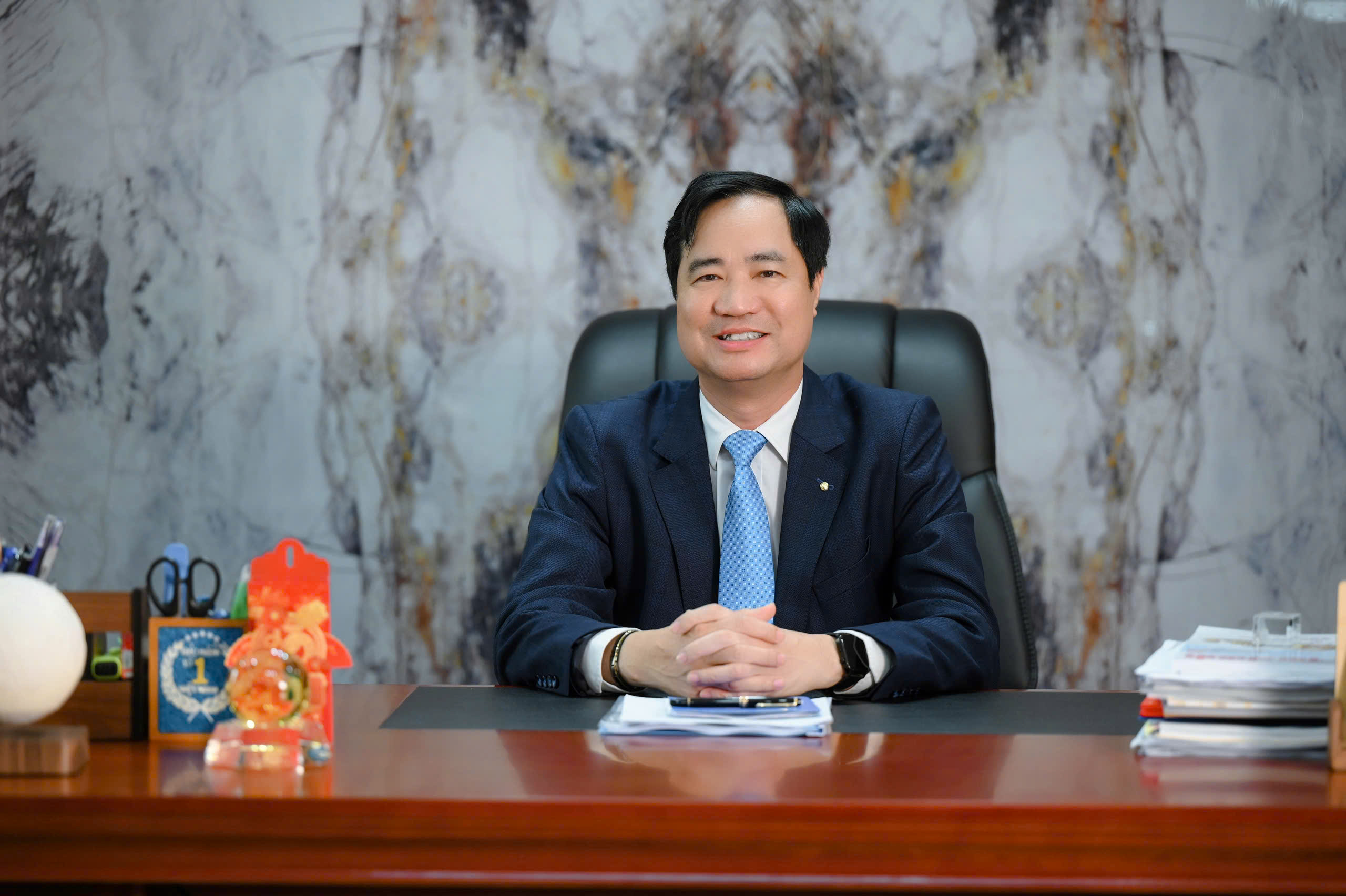
Vietnam Insurance Association: Heading towards modern, safe, sustainable market
19:05 | 23/03/2025 14:35 | 31/10/2025Finance-Banking
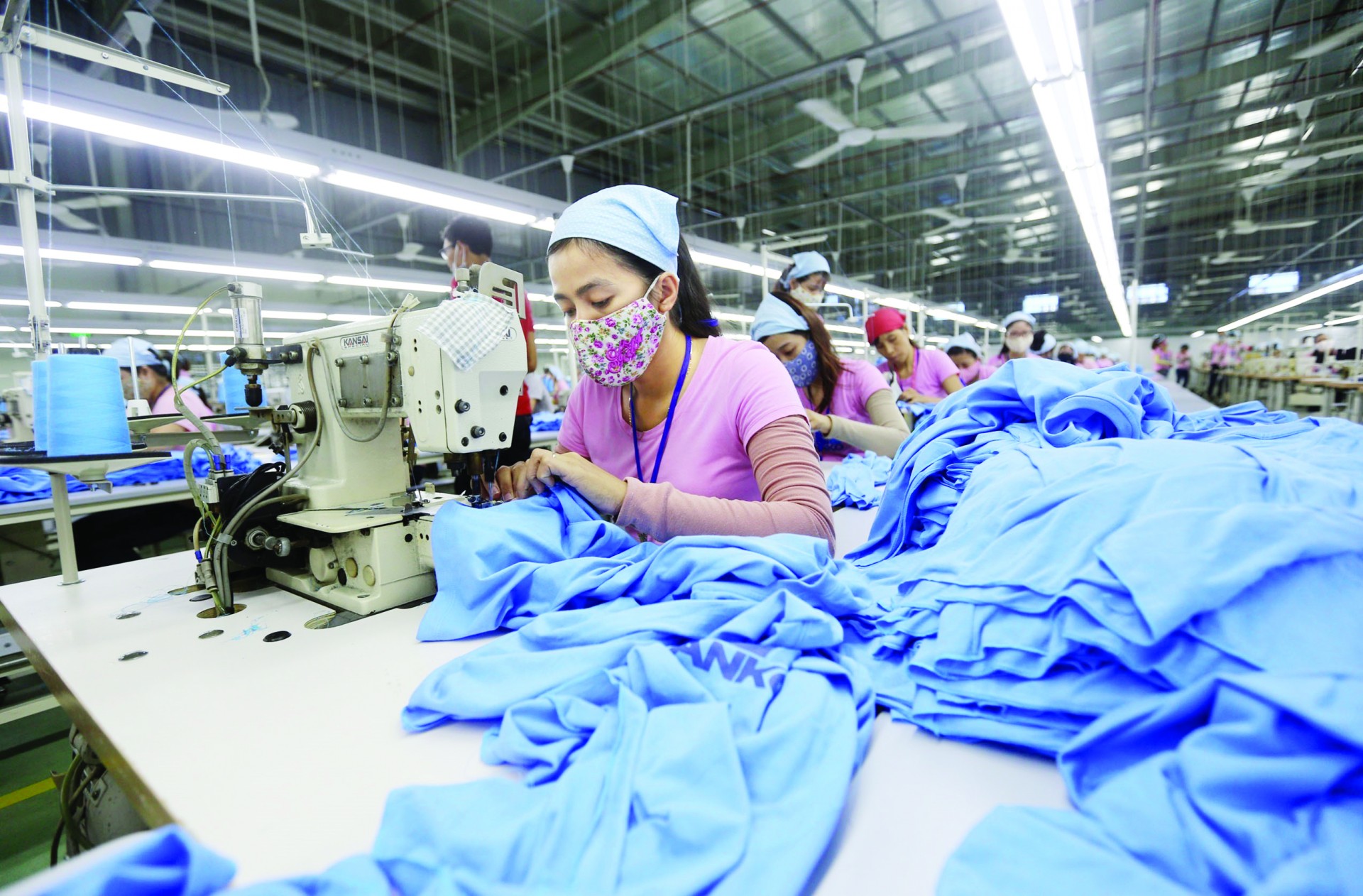 |
| Businesses need to meet EVFTA commitments to export textiles and garments to the EU - photo: VNA |
Textile-garment is among industries benefiting from the EVFTA’s implementation. The agreement’s tax reductions will provide a major catalyst to textile and garment exporters to the EU. The EVFTA's rules of origin for textiles and garments are simpler than those of the Comprehensive and Progressive Agreement for Trans-Pacific Partnership (CPTPP). Specifically, CPTPP has rules of origin from yarn onwards, while EVFTA only has rules of origin from fabric onwards.
However, as soon as EVFTA takes effect, Vietnamese textiles and garments have to compete fiercely with products of the same kind from China, Bangladesh, Turkey, India, and Cambodia. The EVFTA’s rules of origin from fabric onwards have challenged Vietnamese textile and garment enterprises that have to import up to 80 percent of fabric needed for export garment production, with imports from China accounting for 50 percent of the total, those from the Republic of Korea (RoK) 18 percent and those from Chinese Taipei 15 percent. Another major challenge is that the EU is a discerning market with high quality requirements and its REACH regulation adopted to improve the protection of human health and the environment from the risks that can be posed by chemicals, while enhancing the competitiveness of the EU chemicals industry.
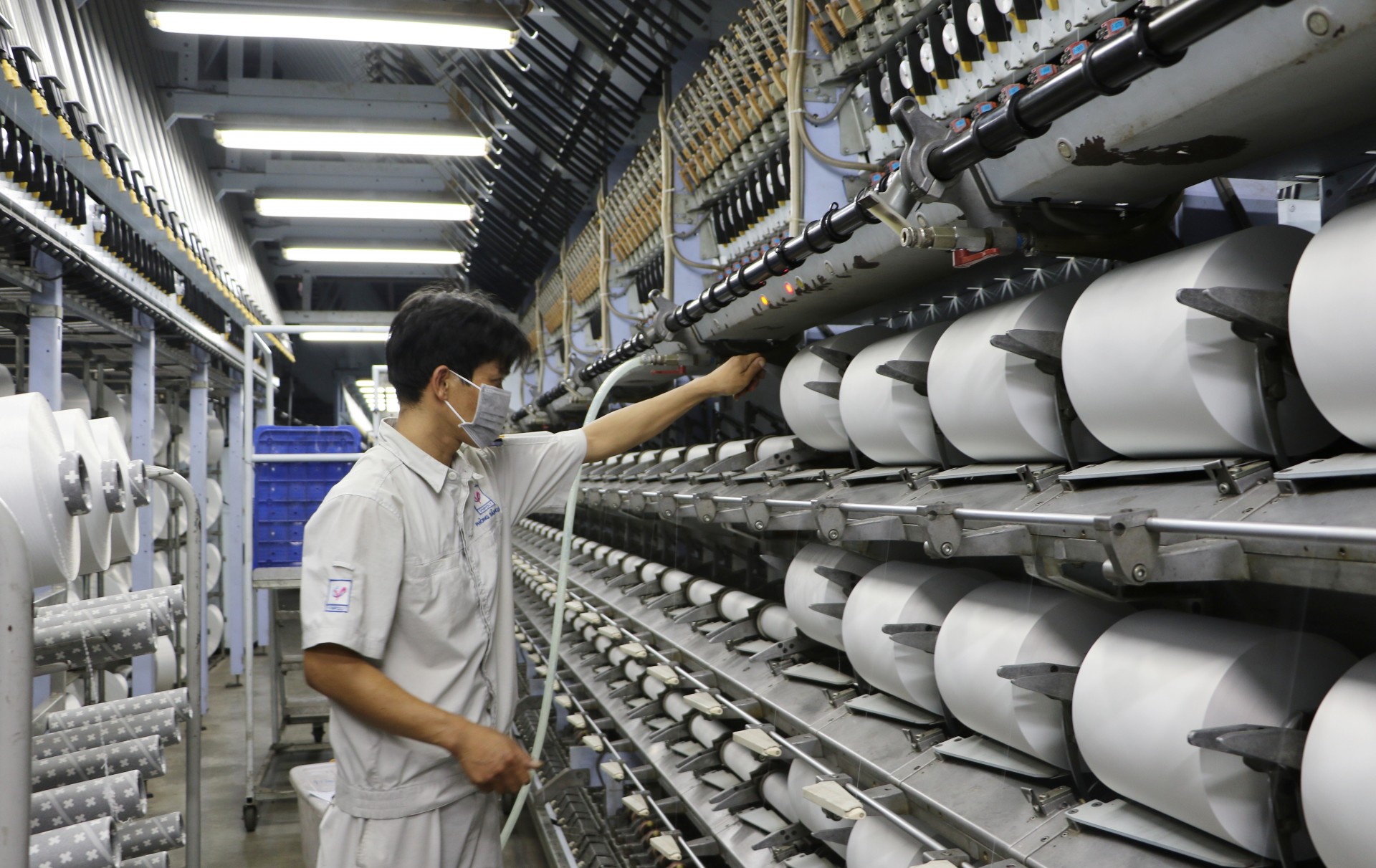 |
| DTY fiber production at the Dinh Vu Polyester Fiber Plant |
In 2023, Vietnam's textile and garment exports faced numerous difficulties, including inflation and political instability that affected the purchasing power of the country’s major export markets. According to the customs authority’s data, Vietnam's textile and garment exports to EU countries in September 2023 decreased by 24.23 and 29.53 percent compared to the previous month and September 2022, respectively, with the total in the first nine months of 2023 dropping 13.98 percent compared to the same period last year.
Textile and garment exports to the EU accounted for 11.53 percent of the country’s total in the first nine months of 2022, with the nine-month rate in 2023 reaching 11.48 percent, a slight decrease.
As the EU attempts to make transition to a more sustainable and circular economy, exporting nations will confront new laws and criteria to access the EU market, notably when it comes to garments and textiles.
Mulled over for a few years, the EU wants to introduce measures to increase circulation and reduce waste from textiles.
In July, the European Commission (EC) proposed a targeted revision of its Waste Framework Directive. The initiative aims to accelerate the development of separate collection, sorting, reuse, and recycling for textiles in the EU, in line with the bloc’s strategy for sustainable and circular textiles.
With the move, the EU would strive to ensure that all textile products put on the market are durable, repairable, and recyclable, reducing the harmful effects of fast fashion on the economy.
Tran Ngoc Quan, Vietnamese Trade Counsellor in Belgium and the EU, said Vietnamese businesses need to have an appropriate business plan if this recommendation becomes a mandatory regulation, as it will affect production and business.
The EC is proposing to introduce mandatory and harmonized extended producer responsibility (EPR) schemes for textiles in all member states. Such schemes have been successful in improving the management of waste from several products, such as packaging, batteries, and electric and electronic equipment.
Producers will cover the costs of management of textile waste, which will also give them incentives to reduce waste and increase the circularity of textile products – designing better products from the start. How much producers will pay to the EPR scheme will be adjusted based on the environmental performance of textiles, a principle known as eco-modulation.

19:05 | 23/03/2025 14:35 | 31/10/2025Finance-Banking

19:05 | 23/03/2025 14:33 | 31/10/2025News and Events
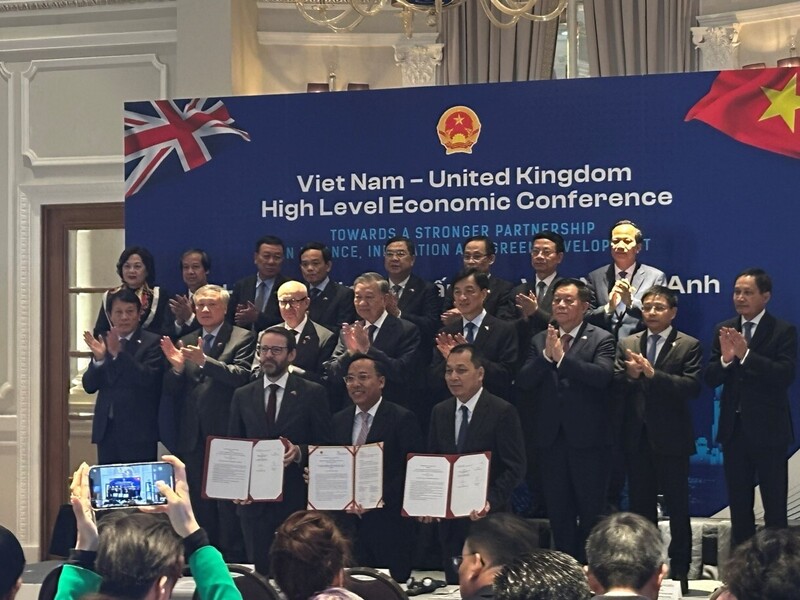
19:05 | 23/03/2025 10:50 | 31/10/2025Trade
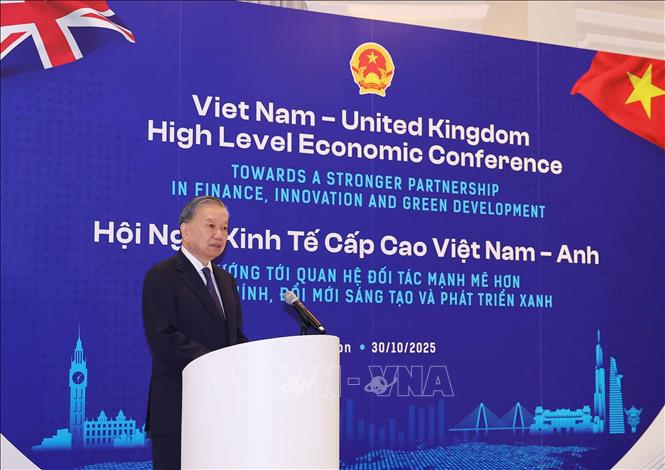
19:05 | 23/03/2025 10:47 | 31/10/2025News and Events
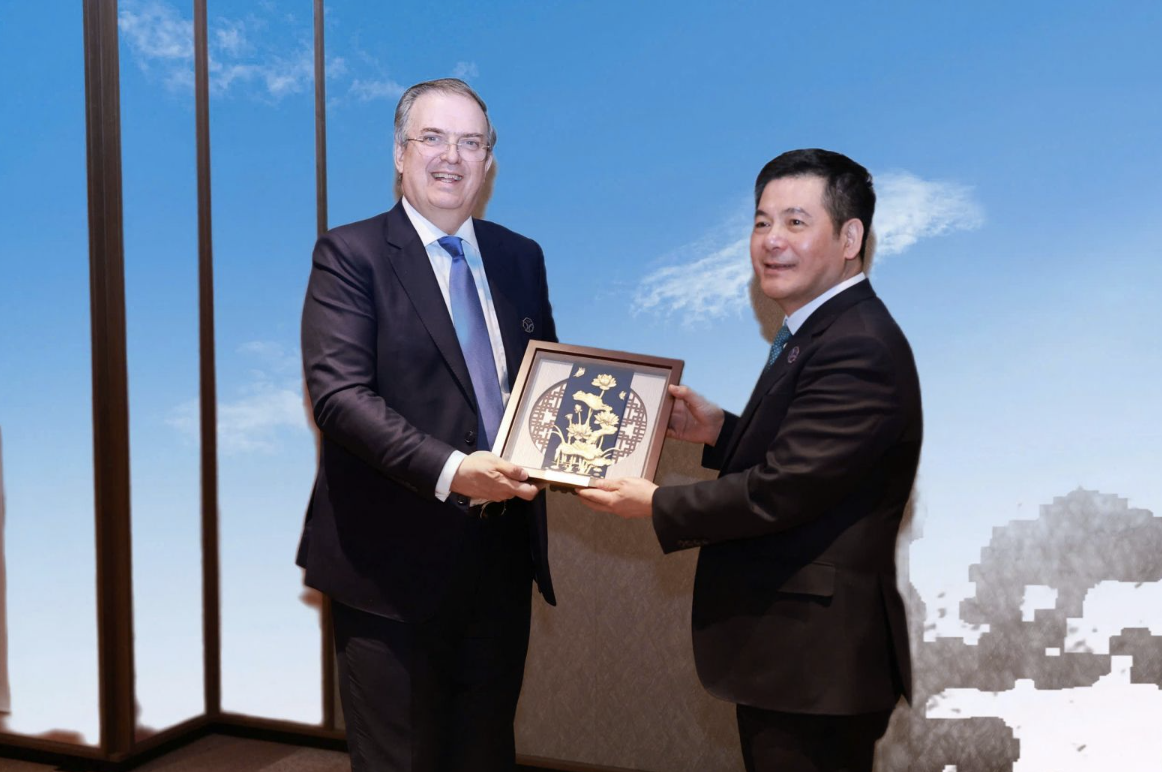
19:05 | 23/03/2025 20:28 | 30/10/2025Cooperation